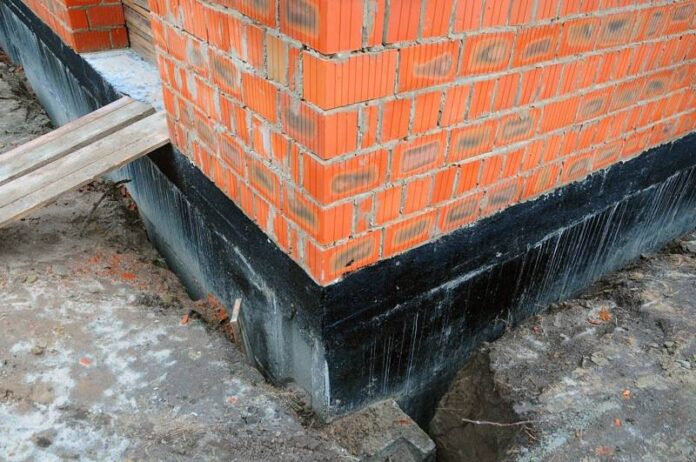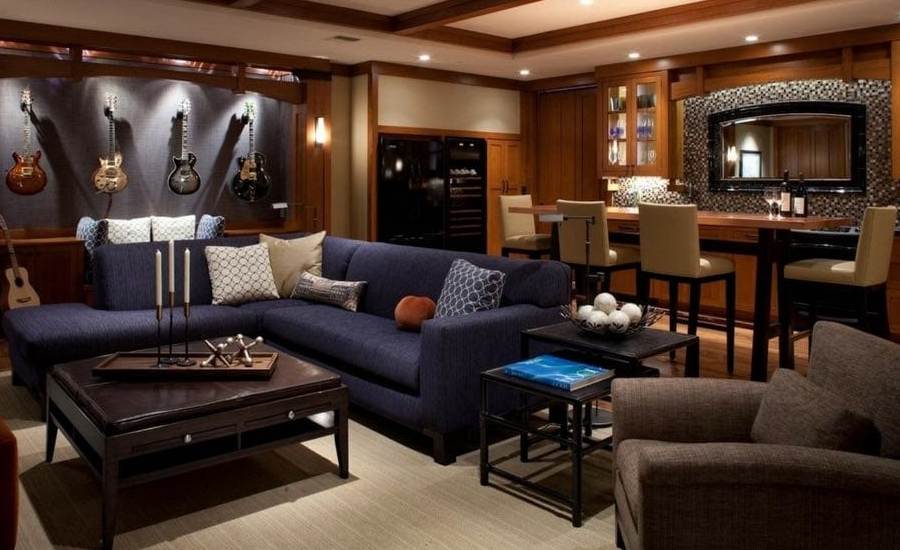It’s a commonly accepted fact that older properties are more susceptible to damp than new builds. One important caveat that should be added to this is that our lifestyles inside our homes, as well as our expectations of them, have changed over the years. The key differences in how older-style and new properties deal with moisture is in the very construction of the buildings.
Changes to standards over the years have been made at the point of building, adapting over the years to suit changes to our way of life. However, that doesn’t mean that older style properties are defunct and cannot continue to serve us well. It merely requires an understanding of how damp proofing has changed over the years, and therefore what needs to be done with an older property in order to make it work with our modern lifestyles.
The old-style approach to damp proofing
One could argue that before the mid 19th century, the approach to damp proofing homes was non-existent. Measures to prevent water from intruding into the homes were much laxer; roofing felt was unheard of and barriers to stop ground-level moisture hadn’t been thought of yet. Rather, buildings in this period were designed to get the water back out at as similar a rate as it entered as possible. What’s more, water-permeable materials such as timber were commonplace.
It was absolutely necessary at this point that buildings had high rates of ventilation. Doors and windows were loose-fitting to allow for air circulation while large open fires facilitated water evaporation – allowing moisture to simply leave the house.
The modern approach to damp proofing
Nowadays, homes are designed to be as watertight as possible and not allow any moisture from the outside to seep in. New standards include the use of impermeable materials, such as tiles, cement, gypsum-based materials and synthetic paints, which are designed to prevent the natural spread of damp. As heating systems have changed and energy efficiency has been given higher importance, our homes are significantly draughty, but therefore not as breathable either. Rather, the focus is on not letting moisture inside in the first place.
Which approach is best?
While modern homes are well suited to being more airtight, the issue comes when certain energy-efficiency and damp proofing measures are retrospectively applied to older-style buildings. This is because they are not compatible with the breathable, permeable materials from which the building itself is constructed. If you had, for example, a Victorian property the original brick and timber but had installed modern conveniences such as double-glazing windows and central heating, the property would probably end up having issues with damp.
Making changes to an older-style property that will affect its ventilation or breathability is often necessary in order to bring them up to modern living standards. However, at this point you woul be making the property more susceptible to damp, and therefore it is imperative that you enlist the help of professional damp proofing services who will be able to counteract the negative effects of less ventilation and ensure that your older-style property does not deteriorate as a result of modern adaptations.



















